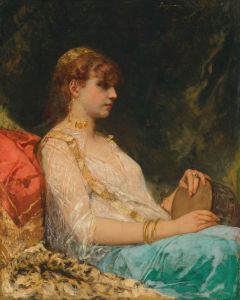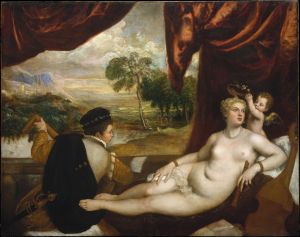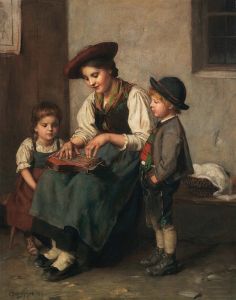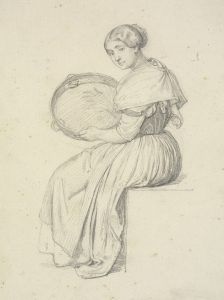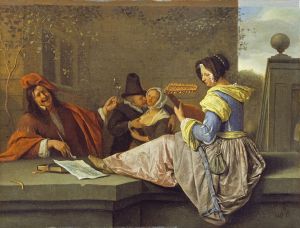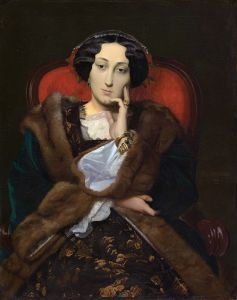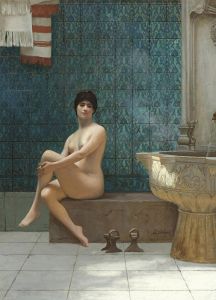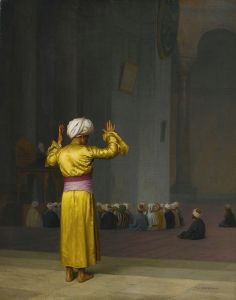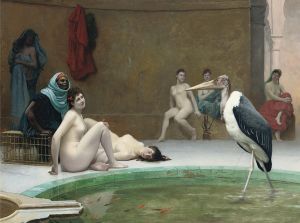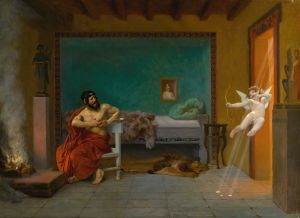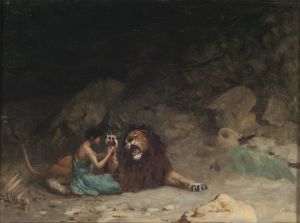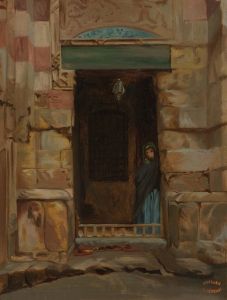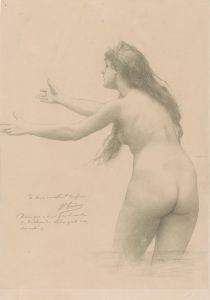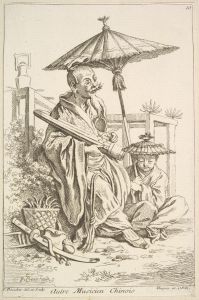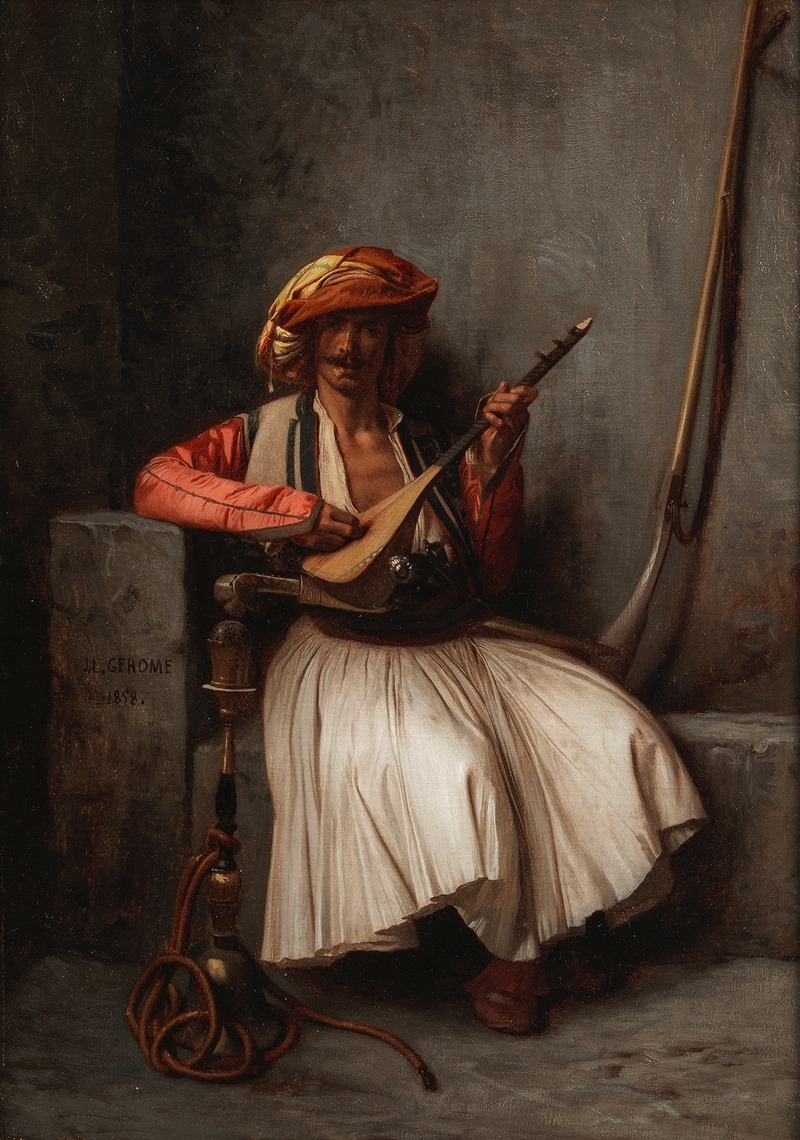
The lute player
A hand-painted replica of Jean-Léon Gérôme’s masterpiece The lute player, meticulously crafted by professional artists to capture the true essence of the original. Each piece is created with museum-quality canvas and rare mineral pigments, carefully painted by experienced artists with delicate brushstrokes and rich, layered colors to perfectly recreate the texture of the original artwork. Unlike machine-printed reproductions, this hand-painted version brings the painting to life, infused with the artist’s emotions and skill in every stroke. Whether for personal collection or home decoration, it instantly elevates the artistic atmosphere of any space.
Jean-Léon Gérôme was a prominent 19th-century French painter and sculptor, known for his academic style and his detailed, often exotic, depictions of historical and Orientalist themes. One of his works, "The Lute Player," exemplifies his skill in capturing intricate details and his fascination with Eastern subjects.
"The Lute Player" is a painting that reflects Gérôme's interest in Orientalism, a genre that romanticizes and depicts the cultures of the Middle East, North Africa, and Asia. Gérôme was part of a movement of Western artists who traveled to these regions and drew inspiration from their experiences, often portraying scenes that combined both real and imagined elements of Eastern life.
In "The Lute Player," Gérôme presents a scene that is both intimate and richly detailed. The central figure is a musician, depicted with a lute, an instrument that has a long history in both Western and Eastern music traditions. The musician is often portrayed in traditional Eastern attire, which Gérôme meticulously rendered to highlight the textures and patterns of the fabric. This attention to detail is a hallmark of Gérôme's work, showcasing his ability to render the subtleties of light and shadow on various surfaces.
The setting of the painting is equally important, as Gérôme often placed his subjects in opulent and exotic environments that enhanced the narrative of the scene. The background might include elements such as intricate architectural details, luxurious textiles, and other objects that suggest a setting of wealth and cultural richness. These elements serve to transport the viewer to a different time and place, inviting them to imagine the stories and sounds that might accompany such a scene.
Gérôme's work, including "The Lute Player," is often characterized by its precise and polished technique. He was known for his use of smooth brushwork and a clear, almost photographic realism that was achieved through careful study and preparation. Gérôme frequently used live models and props to ensure accuracy in his depictions, and he was a master of capturing the human form and expression.
"The Lute Player" also reflects the broader cultural and artistic trends of Gérôme's time. The 19th century was a period of great interest in the exotic and the unknown, as European powers expanded their influence across the globe. Artists like Gérôme played a role in shaping Western perceptions of the East, often through a lens of romanticism and idealization. While his works are celebrated for their beauty and technical skill, they also invite discussion about the complexities of cultural representation and the legacy of Orientalism in art.
Overall, "The Lute Player" is a testament to Jean-Léon Gérôme's artistic prowess and his ability to capture the allure of the exotic in a way that continues to captivate audiences today. Through his meticulous attention to detail and his evocative compositions, Gérôme remains a significant figure in the history of 19th-century art.





